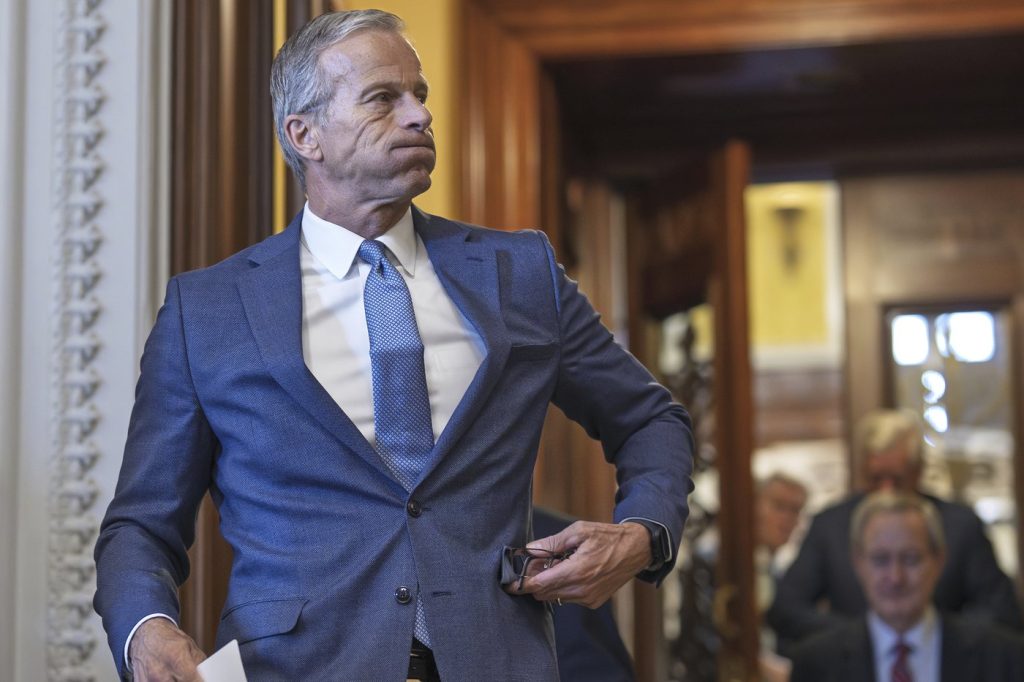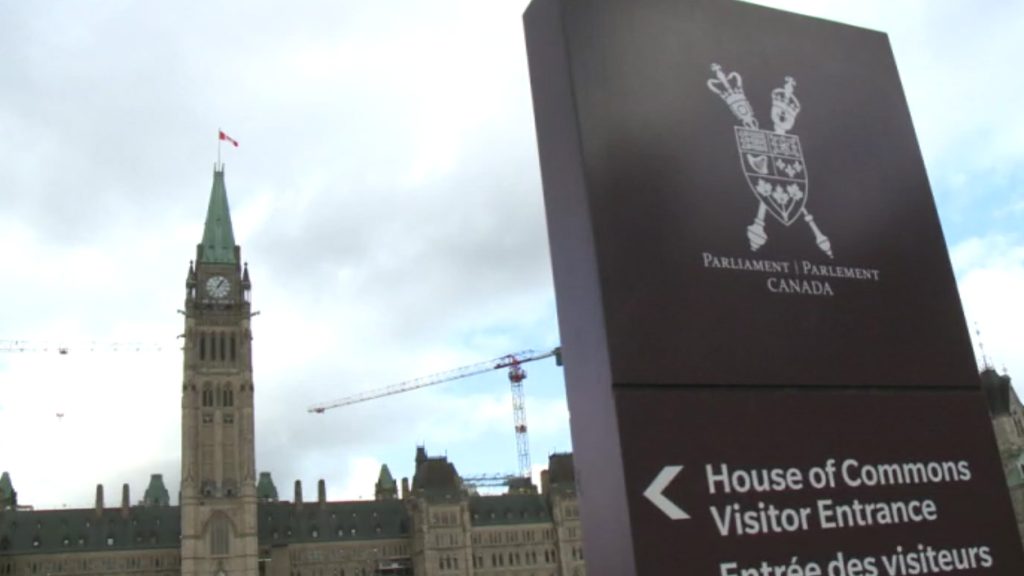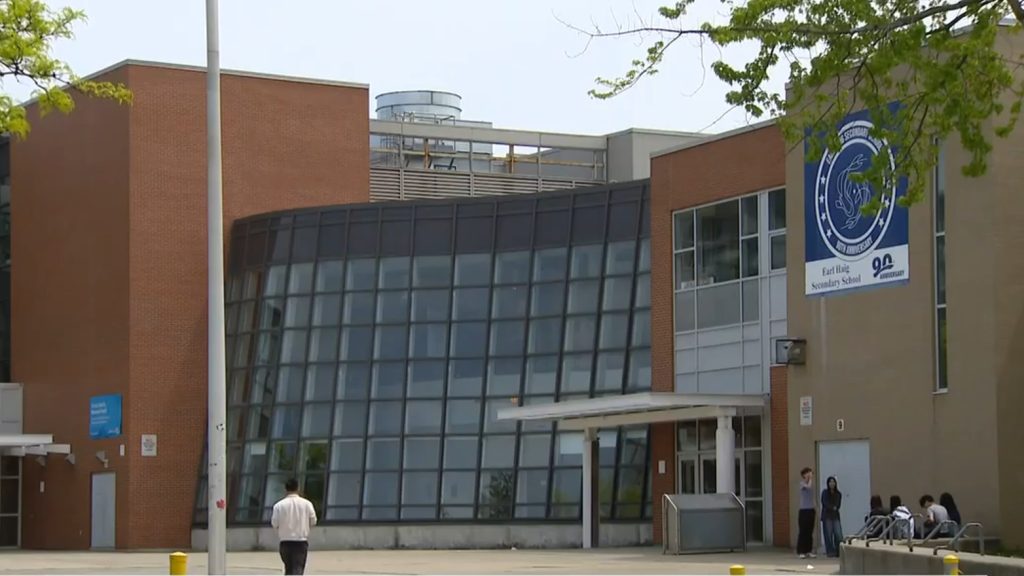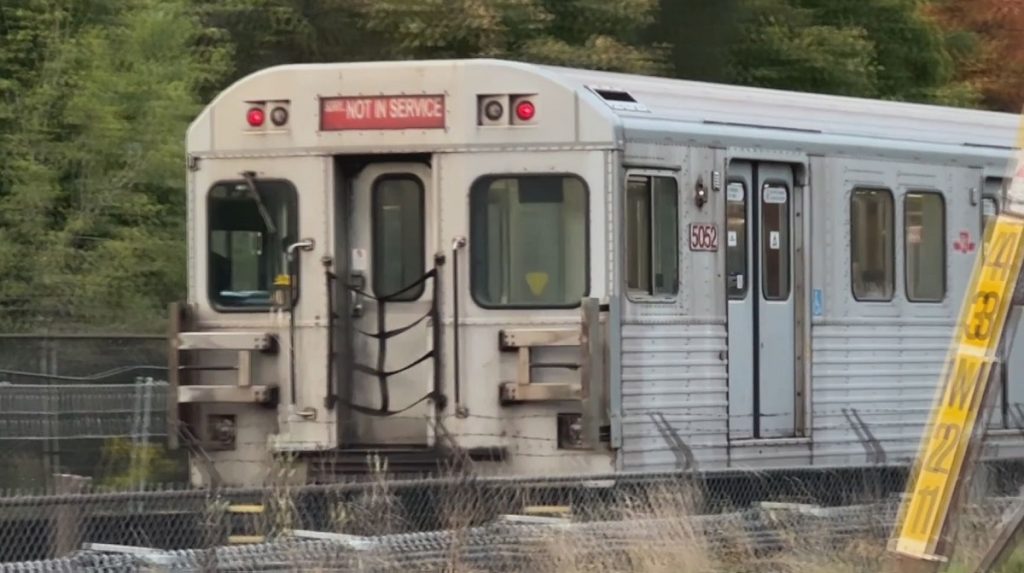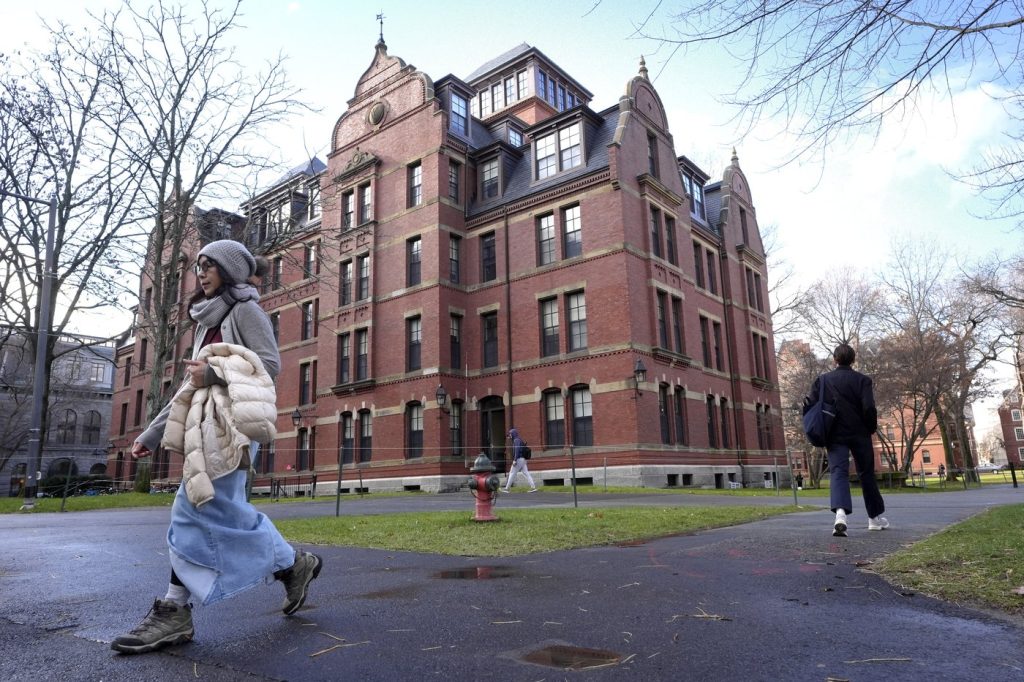A northern Ontario First Nation, Netmizaaggamig Nishnaabeg, has conducted a four-day demonstration that significantly slowed traffic on the Trans-Canada Highway in protest against expedited federal and provincial legislation aimed at accelerating mining and development projects. Chief Louis Kwissiwa of the First Nation articulated the community's frustrations, stating that both individuals and leadership feel their rights have been violated and that they have not been adequately consulted regarding these developments.
The federal legislation in question, Bill C-5, was recently passed and is intended to expedite major projects considered to be in the "national interest." The accompanying provincial legislation, Bill 5, extends even further by granting the cabinet the authority to suspend provincial and municipal laws in specific economic zones to hasten project approvals, including mines. The motivations behind both levels of government primarily focus on the mineral-rich Ring of Fire region, which has become a focal point for First Nations who contend that the new laws disregard their rights and concerns.
In the last two months, protests have erupted at both Queen’s Park and Parliament Hill, where numerous First Nations have voiced their grievances over the legislation. Community leaders have indicated that they are prepared to initiate blockades of highways, railways, and mines if the governments do not reverse course and engage in genuine consultation with Indigenous communities.
Netmizaaggamig Nishnaabeg, identified in English as Pic Mobert First Nation, is located north of Lake Superior, adjacent to both the Trans-Canada Highway and a freight railway. While Chief Kwissiwa did not explicitly threaten a blockade, he did imply that the situation could escalate if their rights continue to be overlooked. He emphasized the need for negotiation and collaboration, expressing a desire to resolve matters amicably rather than resorting to more drastic measures such as blockades.
Throughout their four-day demonstration on Highway 17, where traffic was reduced to 50 km/h—well below the posted speed limit of 90 km/h—the First Nation worked in coordination with the Ontario Provincial Police. The demonstration site was specifically chosen near a commercial development to represent the community’s aspirations for economic development. Chief Kwissiwa noted that the First Nation is not against mining; they currently host three mining operations in their traditional territory. However, they seek proper consultation and a place at the negotiation table to ensure their rights and environmental stewardship are respected.
As discontent rises among First Nations throughout Ontario in response to the newly passed bills, efforts to mobilize are intensifying. Recently, Attawapiskat First Nation and Neskantaga First Nation have established a quasi-permanent encampment nearby proposed road and bridge sites leading to the Ring of Fire. This move follows a notable 400-kilometer canoe journey by a family along the Attawapiskat River, aimed at reinforcing the First Nations' presence near a mining exploration site. A separate group from Grassy Narrows First Nation has also set up a protest camp near the Ontario legislature, visibly displaying signs calling for the repeal of Bill 5.
The First Nations’ proactive response highlights a deepening concern for their rights and the ecological impact of rushed mining projects. The ongoing protests reflect a broader movement advocating for Indigenous involvement in resource management and decision-making processes affecting their ancestral lands. The situation remains dynamic as negotiations and protests develop in the face of government actions that many Indigenous leaders argue undermine their authority and stewardship of the land.




